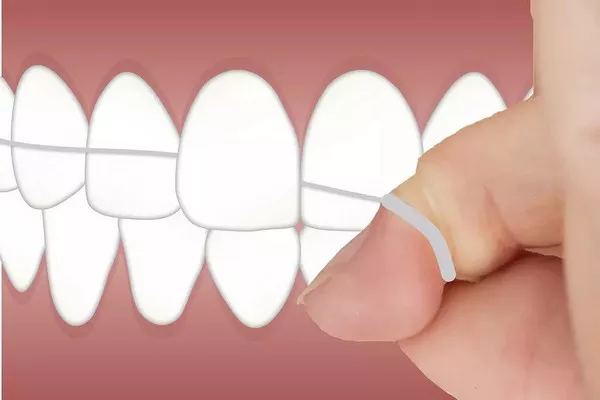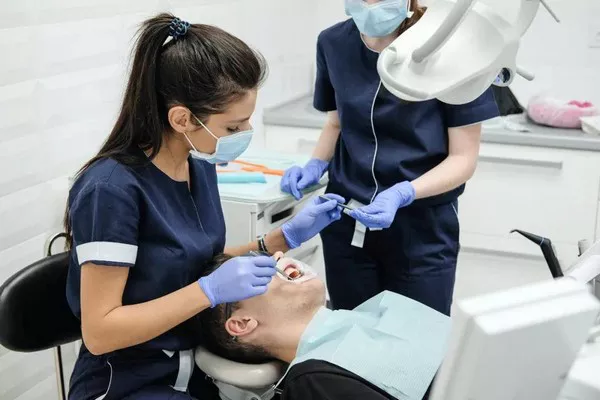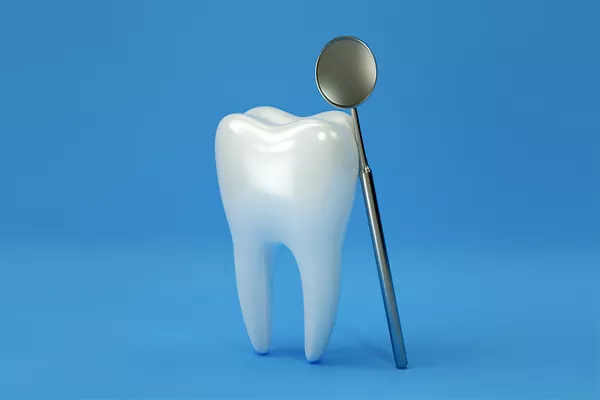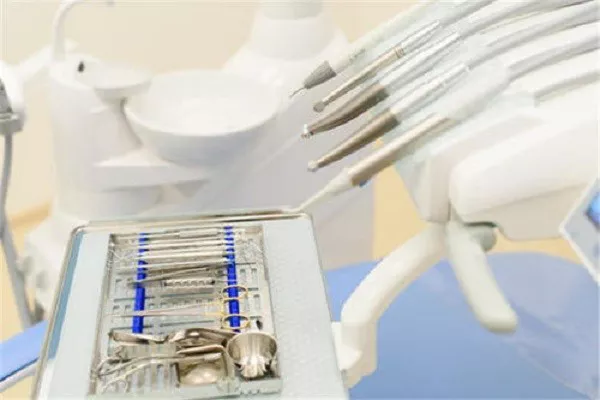Maintaining good dental hygiene is crucial for overall oral health. One common dental concern is the buildup of tartar on teeth, which can lead to various oral health issues if left untreated. However, there are misconceptions surrounding the effects of tartar removal, particularly whether it can loosen teeth. In this article, we will address this concern and explore the benefits of tartar removal. By debunking myths and presenting scientific evidence, we aim to provide a comprehensive understanding of the topic.
I. The Relationship between Tartar and Tooth Loosening:
Tartar’s Impact on Dental Health:
- a. Tartar formation and its consequences on oral health.
- b. The role of tartar in gum disease progression.
- c. The connection between gum disease and tooth loosening.
The Process of Tartar Removal:
- a. Professional dental cleaning procedures.
- b. Techniques used to remove tartar.
- c. Safety precautions during the tartar removal process.
Scientific Evidence Debunking the Myth:
- a. Studies highlighting the lack of direct correlation between tartar removal and tooth loosening.
- b. The importance of professional expertise in minimizing potential risks.
- c. Testimonials from dental professionals affirming the safety of tartar removal.
II. Benefits of Tartar Removal:
Prevention of Gum Disease:
- a. Removing tartar as a preventive measure against gum disease.
- b. The significance of maintaining healthy gums in preventing tooth loss.
- c. The role of tartar removal in reducing the risk of gum disease progression.
Improved Oral Health:
- a. Enhanced oral hygiene practices facilitated by tartar removal.
- b. The positive impact of tartar removal on overall dental health.
- c. Oral health benefits beyond tooth loosening concerns.
Aesthetic Advantages:
- a. Tartar removal’s contribution to a brighter smile.
- b. Elimination of stains and discoloration caused by tartar.
- c. Boosting self-confidence through improved dental appearance.
III. Maintaining Tooth Stability and Longevity:
Collaborative Approach:
- a. The importance of regular dental check-ups and professional cleanings.
- b. Customized oral care plans tailored to individual needs.
- c. Patient education regarding oral hygiene practices and tartar prevention.
Reinforcement of Supporting Structures:
- a. Gum health maintenance to provide stability to teeth.
- b. The significance of proper brushing and flossing techniques.
- c. Balanced diet and its impact on overall dental health.
Dental Interventions:
- a. Restorative dentistry options to address tooth instability.
- b. Orthodontic treatments for misaligned teeth.
- c. Collaborative efforts between patients and dental professionals for optimal results.
IV. The Role of Tartar Removal in Preventing Tooth Decay:
Tartar as a Breeding Ground for Bacteria:
- a. The accumulation of bacteria in tartar and its impact on tooth decay.
- b. The connection between tartar buildup and cavities.
- c. Removing tartar to reduce the risk of tooth decay.
Enhanced Effectiveness of Oral Hygiene Practices:
- a. Difficulty in effectively cleaning teeth with tartar buildup.
- b. The importance of tartar removal for improved brushing and flossing efficacy.
- c. How tartar removal promotes better oral hygiene habits.
Preservation of Tooth Structure:
- a. Tartar’s ability to erode tooth enamel over time.
- b. The link between enamel erosion and tooth decay.
- c. Tartar removal as a preventive measure to maintain tooth structure and prevent decay.
Conclusion:
Tartar removal plays a vital role in maintaining good oral health and preventing various dental problems. Despite misconceptions surrounding its impact on tooth stability, scientific evidence supports the safety and benefits of tartar removal. By addressing the concerns and presenting multiple sub-arguments, this article aims to dispel myths and provide a comprehensive understanding of the subject. Regular professional dental cleanings, combined with proper oral hygiene practices and a collaborative approach, can help ensure tooth stability, longevity, and overall oral health.
Related Topics:






























